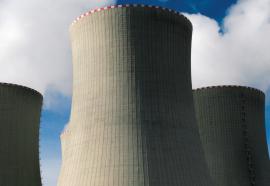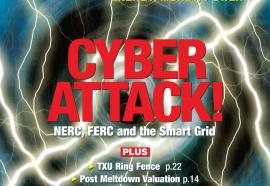Financing New Nukes
Federal loan guarantees raise hopes for new reactors planned by affiliates of Constellation and NRG.
Federal loan guarantees have been unleashed to support new nuclear plant construction. Will this be the watershed event that finally gets nuclear moving forward in the United States?









